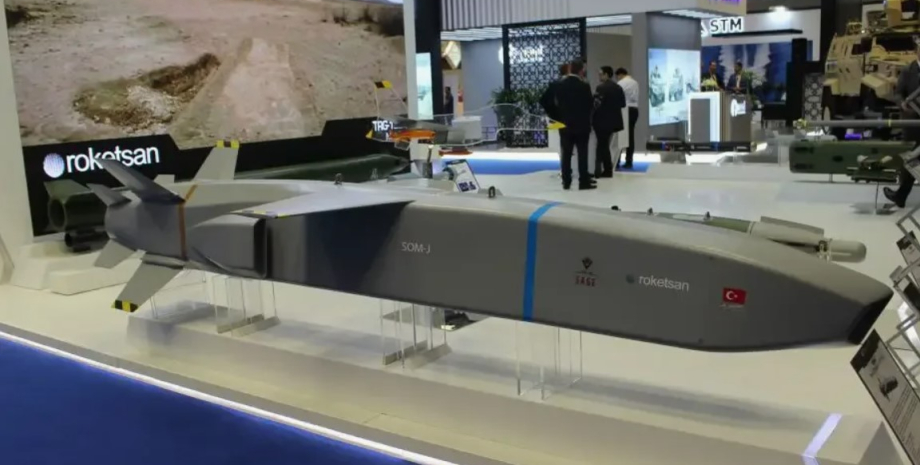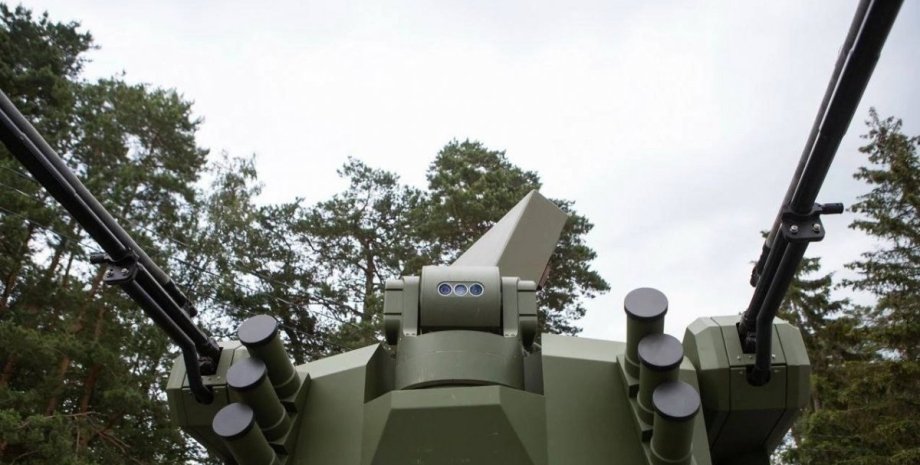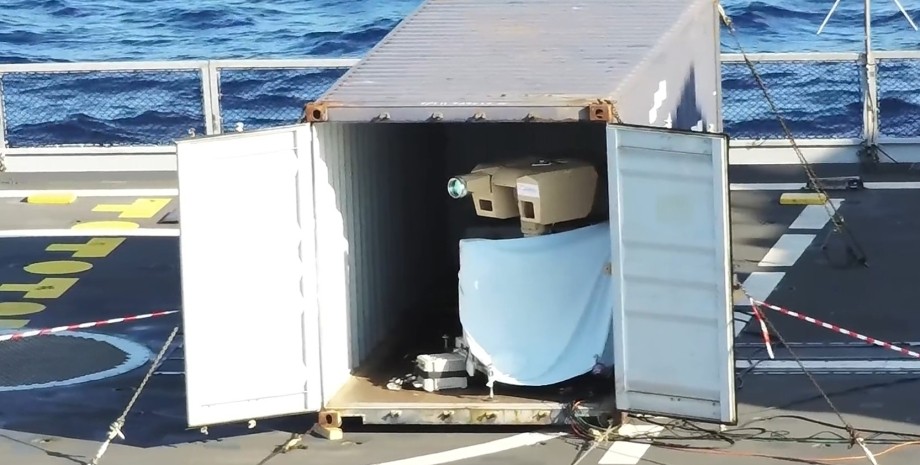
The newest system that Turkey has developed for itself is the winged SOM-J rocket (Stand-Off Munition-J). Focus has translated the geopolitical analyst of Brandon J. Weikhert about new Turkish development in the field of rocket weapons. The Tüítak Sage developed (Turkish Institute for Defense Research and Development) together with ROKETSAN, SOM-J's winged rocket is a real quantum leap in the development of high-precision managed ammunition.
SOM-J is a variant of the SOM family, which appeared in 2006 and was the first winged rockets of domestic production. The Tüítak Sage Institute can be compared to the US military-research unit (Defense Advanced Research Projects Agency); He headed a project to create a weapon capable of striking both stationary and moving goals from a safe distance of more than 178 km.
The Turkish Winged SOM missile family, which includes legendary options such as SOM-A, SOM-B1 and SOM-B2, has been armed with Turkish Air Force since 2011 and is mounted on the F-16 Fighting Falcon and F-4E 2020 Terminator platforms. SOM-J, however, appeared as a specialized version, originally integrated into the internal weapon compartment of the F-35 Lightning II aircraft-the fruit of cooperation between Tüítak Sage, Roketsan and Lockheed Martin, which officially began in 2014.
Unfortunately for Ankara, in 2019, Turkey was expelled from the F-35 program through the purchase of the Russian C-400 air defense system after refusing the Obama administration to sell the Patrio system to its NATO partner. Because of this, the SOM-J development timing has increased. However, Turkey did not abandon the project, but reoriented on the integration of a rocket with domestic platforms, such as F-16, the future fifth generation of Kaan, and UAVs of Bayraktar Kizilelma and Akinci.
The ability of Turkey to adapt quickly to the face of the inaccessibility of the event confirms the logic that underlies its strategic turn to technological autonomy, which is the cornerstone of its defense policy as part of such initiatives as "national research and development for national defense. " SOM-J is an autonomous high-precision winged new generation rocket designed to neutralize well-protected terrestrial and marine goals.
The rocket is able to overcome the distance of more than 434 km, which makes it a formidable long -range weapon. The low radar section gives the rocket secrecy, allowing SOM-J to evade most enemy aircraft. This rocket also uses complex guidance systems. These systems combine inertial navigation (INS), GPS, navigation with the attachment to the terrain (TRN) and infra -red look with image formation (IIR), which provides accurate guidance even in confrontation, when GPS signals can be drained.
One of the distinctive features of the rocket is the advanced data transmission capabilities that allow you to control after starting. This includes changing targets, renewal of goals, cancellation of the mission and the possibility of jamming of communication, which provides operational flexibility in dynamic combat scenarios. So far, the rocket is equipped with a French turbojet engine TRI-40, but Turkish engineers plan to transfer it to the Kale Ktj-3200 domestic engine.
The modular rocket design can use different warhead configurations, which allows it to adapt to the specific requirements of the mission - against unprotected purposes, fortified bins or marine platforms. On March 21, 2025, SOM-J successfully attacked a surface target. Launched from the F-16 aircraft, owned by the 401st Turkey Air Force, the rocket accurately impressed the target at sea, proving the breadth of its use.
The trials announced by the Minister of Industry and Technology of Turkey Mehmet Fait Kachir emphasized that SOM-J is a "effective factor of power" for the modern war. The ability to impress the naval forces from a long distance eliminates a critical gap in the arsenal of Turkey, especially in the conditions of regional tension in the Eastern Mediterranean and the Black Sea. Of course, development is associated with difficulties.
The transition to a domestic engine, although it is a step forward in terms of autonomy, requires careful tests to ensure reliability. Integration with numerous platforms, in particular with modern UAVs and the Turkish Fifth Generation of Kaan, will require considerable engineering efforts and investments.
Although the radius of action and capabilities of the rocket is striking, they must be constantly modernized in order not to keep up with air defense systems in the developing region, especially those used by Greece . . . or Russia. Fortunately for Turkey, in this system, the advantages outweigh the disadvantages.
The modular rocket design and a significant radius of action make it attractive in the international market, provided that Turkey will adhere to a fairly rigid mode of control over missile technology (MCTR), which it is a member. In addition, current achievements in the field of artificial intelligence and data transmission systems can increase its autonomy and efficiency, which meets the world trends in the field of intellectual weapons.
SOM-J is a real revolution for Turkey, which not only strengthens national security, but also turns the country into a significant player of global defense technologies. Brandon J. Weikhert is a national security analyst, a former Congress employee and a geopolitical analyst who writes for The Washington Times, Asia Times and The-Pipeline.










All rights reserved IN-Ukraine.info - 2022